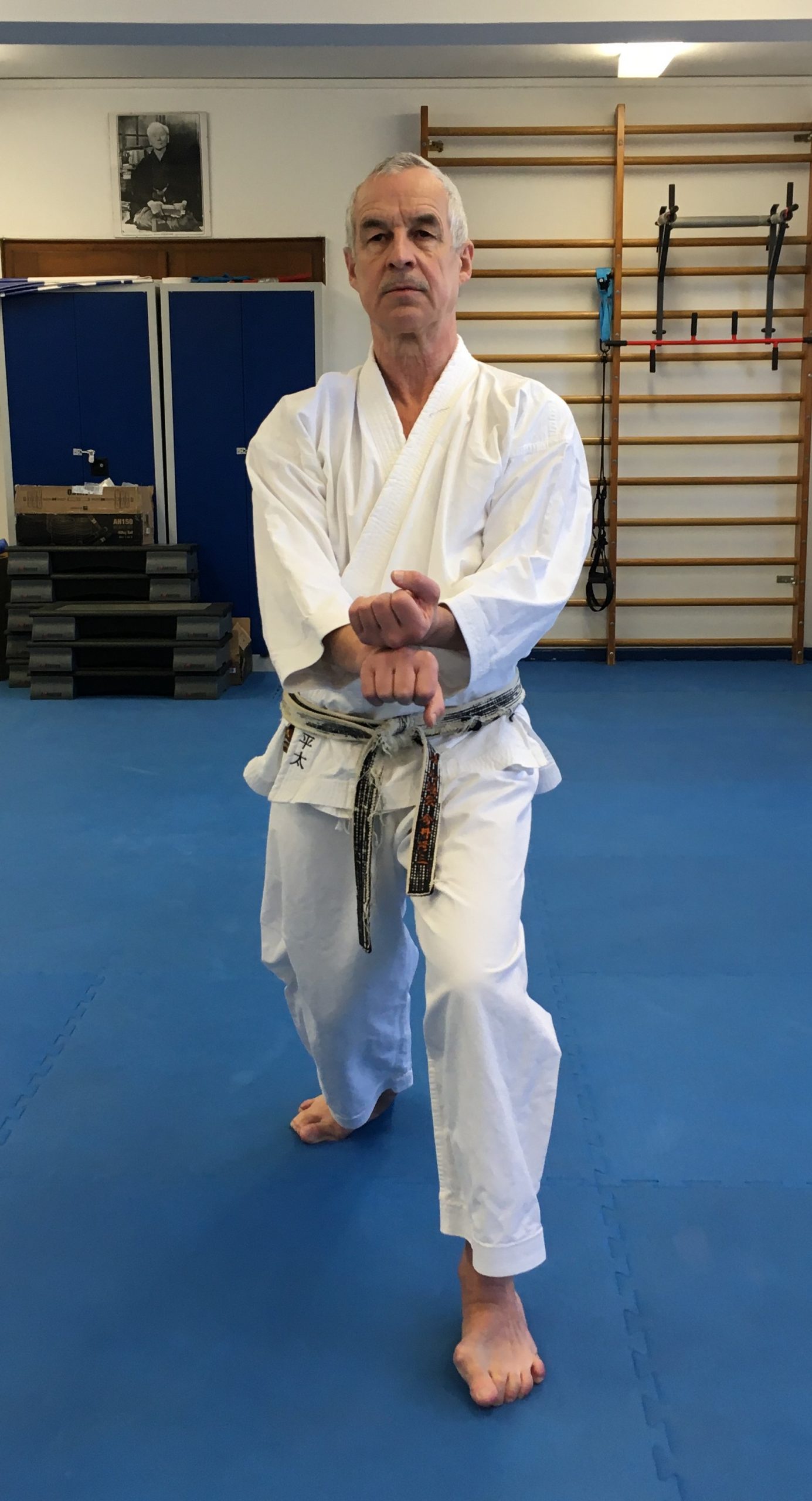

Tai sabaki no kata professional#
However, without kata, there is no foundation, especially when a student practices only a couple of times a week and/or does not receive instruction from a full-time professional teacher. In its truest form, Tai-Sabaki should not only move you out of the way of.

Ueshiba Sensei did not encourage the practice of kata since (being a non-conformist himself) he was quite aware of the dangers of getting stuck into kata without understanding, considering the Japanese mentality of his era. If you have studied traditional Karate, and practiced Kata, you will have been. In the words of Kazuko Kudo, Movement Control is the mantra to fully understand Tai-sabaki. However, tai-sabaki has more to offer the practitioner. Of course, avoiding can be considered as a part of tai-sabaki.

Todo preparado para el examen de cintos negros de maana en seimardojo. The word tai-sabaki is commonly used in Tomiki’s Aikido to describe the ability to avoid an attack. Mochizuki Minoru Sensei insists that kata is necessary to give a foundation on which to build and evolve. Curso y presentacin del libro Tai Sabaki no Kata a cargo del Maestro Miguel A. HYORI NO KATA literally means prearranged forms of front (Hyo) and back (Ri) which could be better translated by prearranged forms of complementarity. This kata explains the purpose of tai sabaki through kuzushi, tsukuri, kake in relation with techniques. TAI SABAKI NO KATA means prearranged forms of body shifts. In the Yoseikan school, their meaning becomes apparent after they have been studied and practiced together for a long time. Each emphasizes a specific and essential principle to be studied and applied in the practice of Yoseikan Aikido. The word 'Ryaku' is not 'Waza', it has the meaning of abbreviation or sketch. The basic program of the Bujinkan is called the 'Bujinkan Shinden Kihon Gata', but it is better known as the Tenchijin Ryaku no Maki. They have undergone some changes since that time, but in essence they are the same. TCJ - Uke Nagashi, Tsuki, Tai Sabaki, Mut Dori Gata, Sanshin no Kata, Kihon Happ & Hken J Ropp. In 1970-71, Mochizuki Minoru Sensei recorded the four kata of the Yoseikan. Combined with regular study of techniques (kenkyu), randori, and austere practice (shugyo), a serious practitioner should be able to extract the essence of a Budo as created by its founder. The purpose of a kata is to explain a specific principle used in a particular martial art through a prearranged movement or sets of movements to be practiced alone and/or with a partner. The history and the spirit of the Taï Sabaki No Kata and the Hyori No Kata In the AKBAN instructional curriculum, Tai Sabaki is the fundamental base of preparing and executing Kihon, Kata, Randori and Fighting. The history and the spirit of the Taï Sabaki No Kata and the Hyori No Kata, by Patrick Augé Sensei - International Yoseikan Budo Federation (North America)


 0 kommentar(er)
0 kommentar(er)
